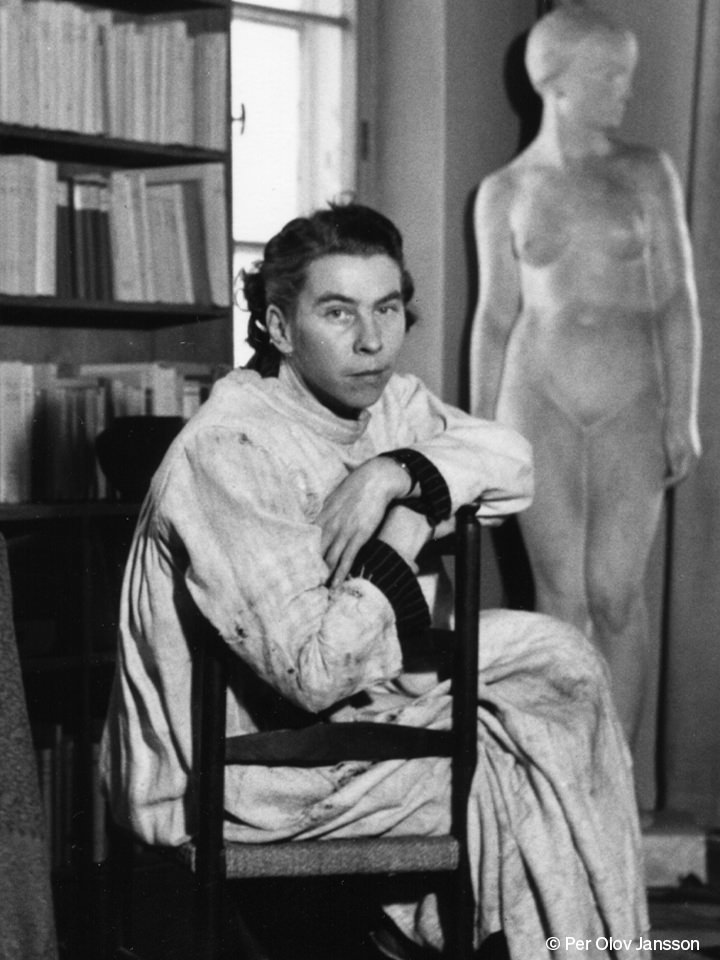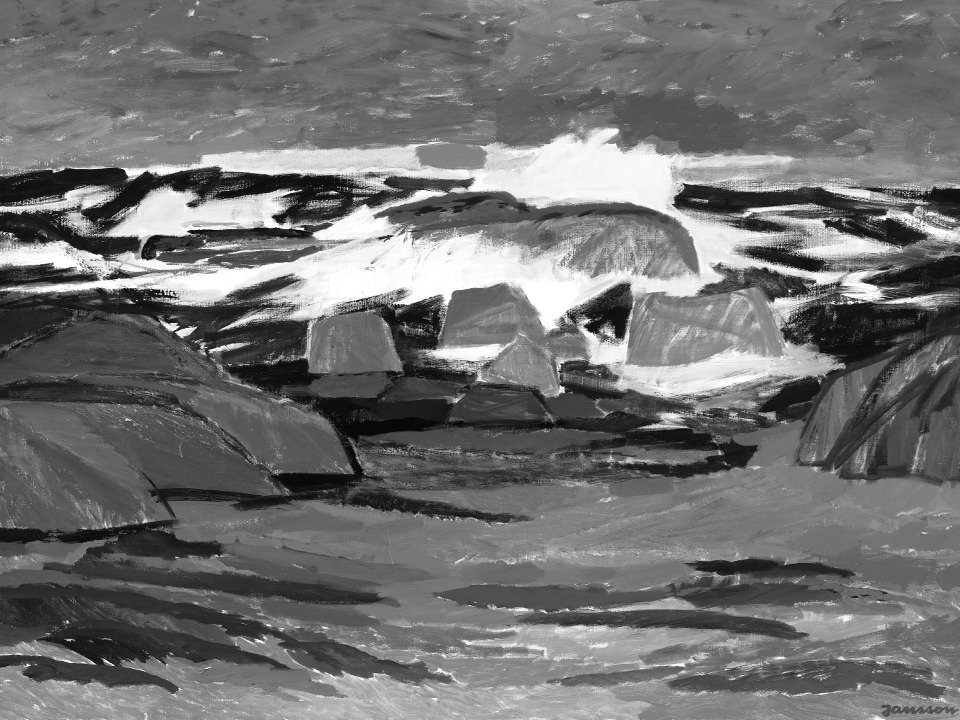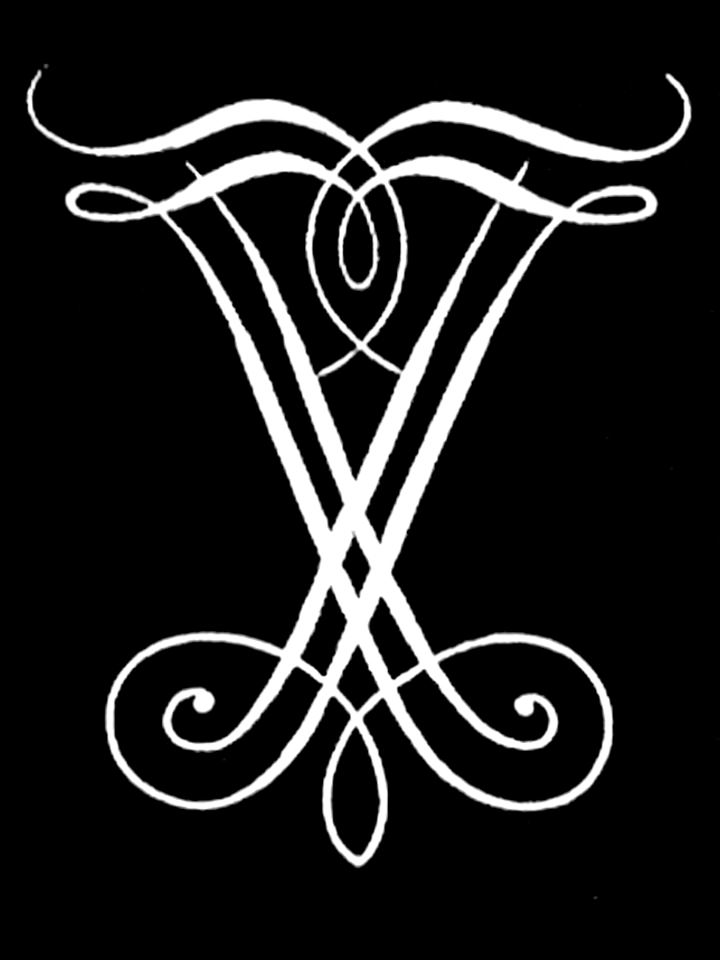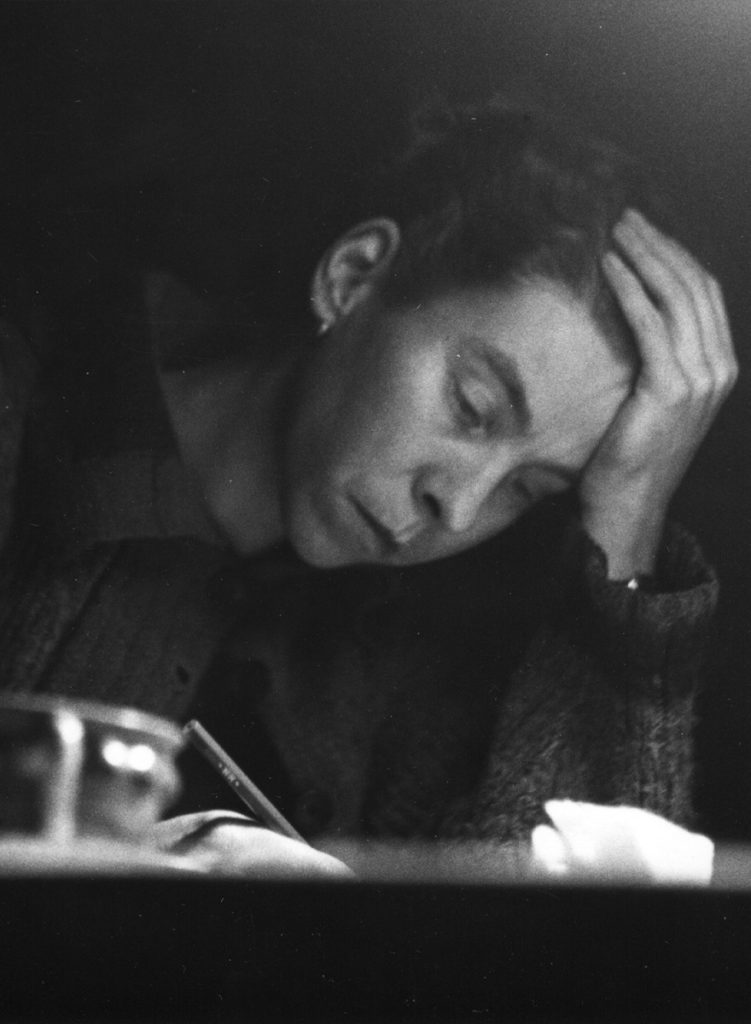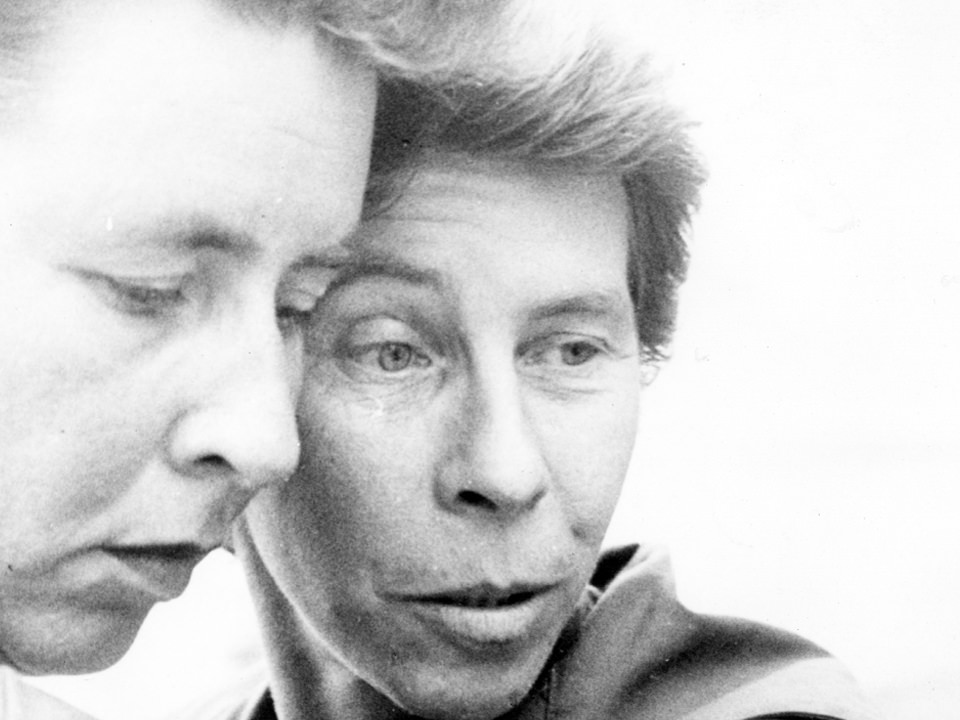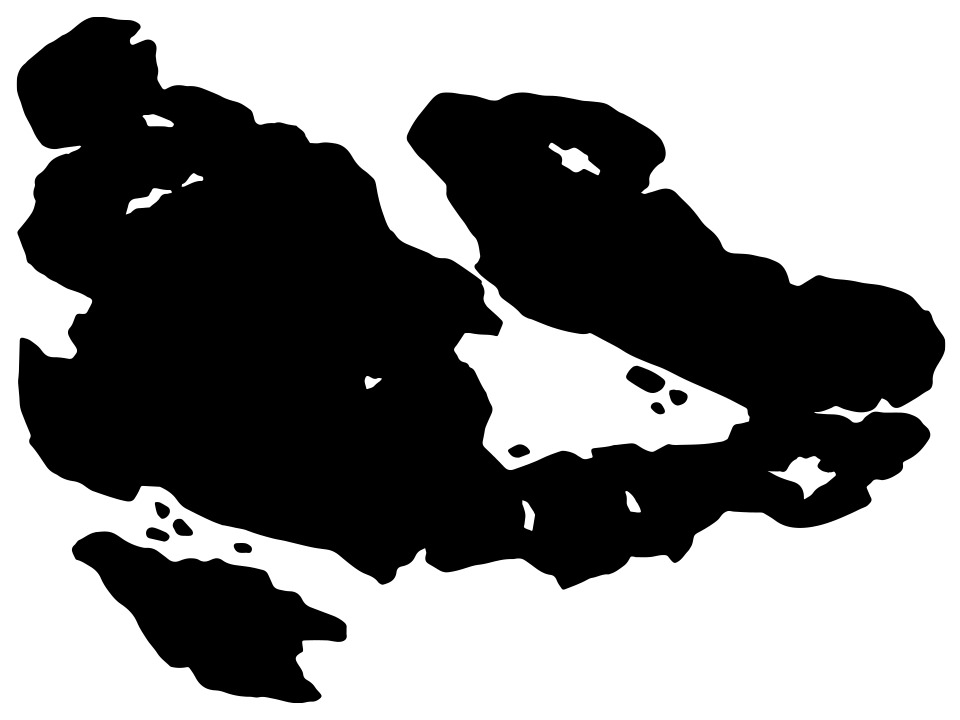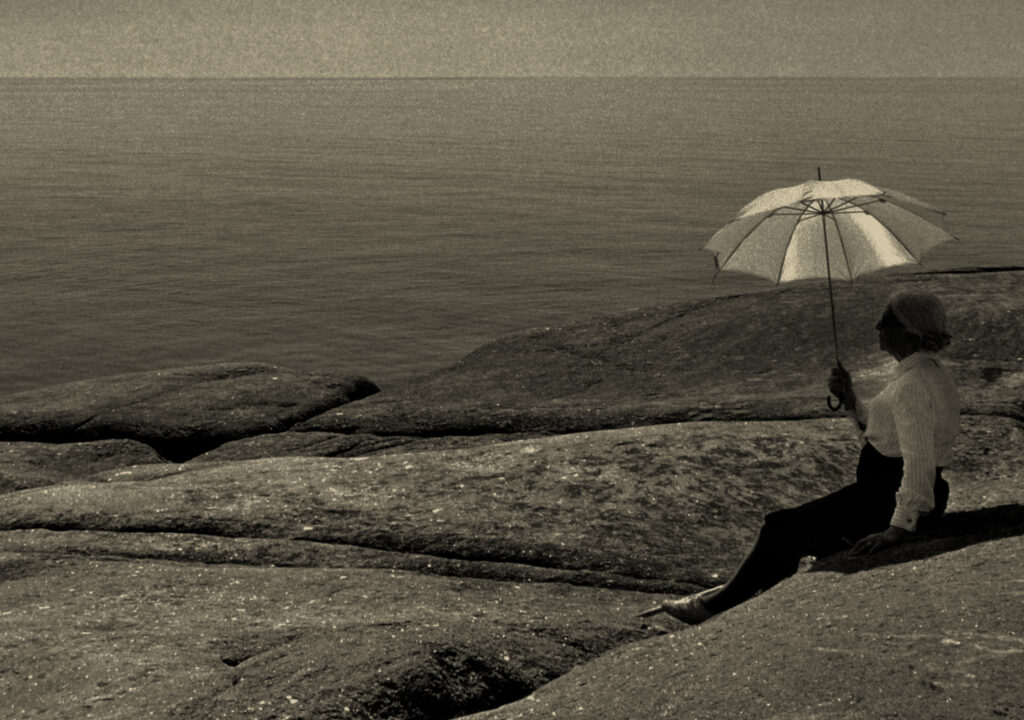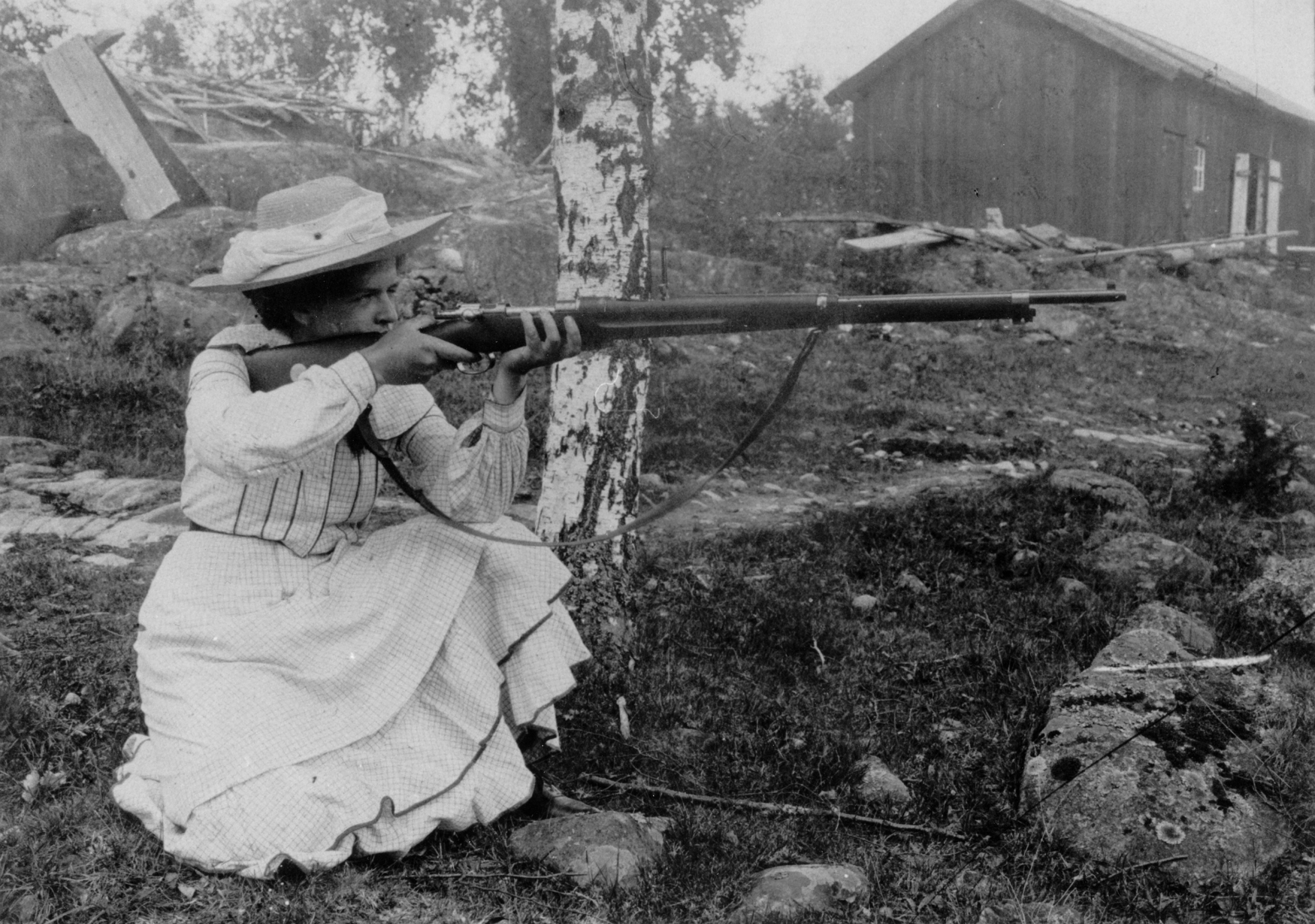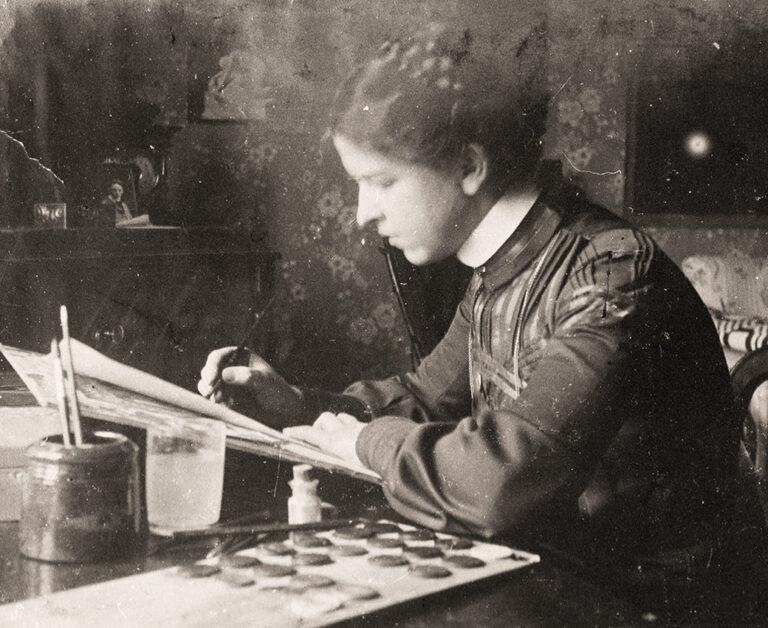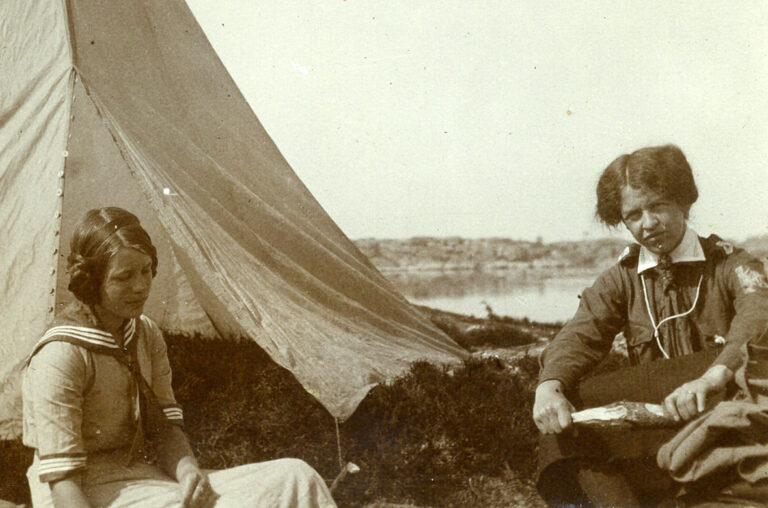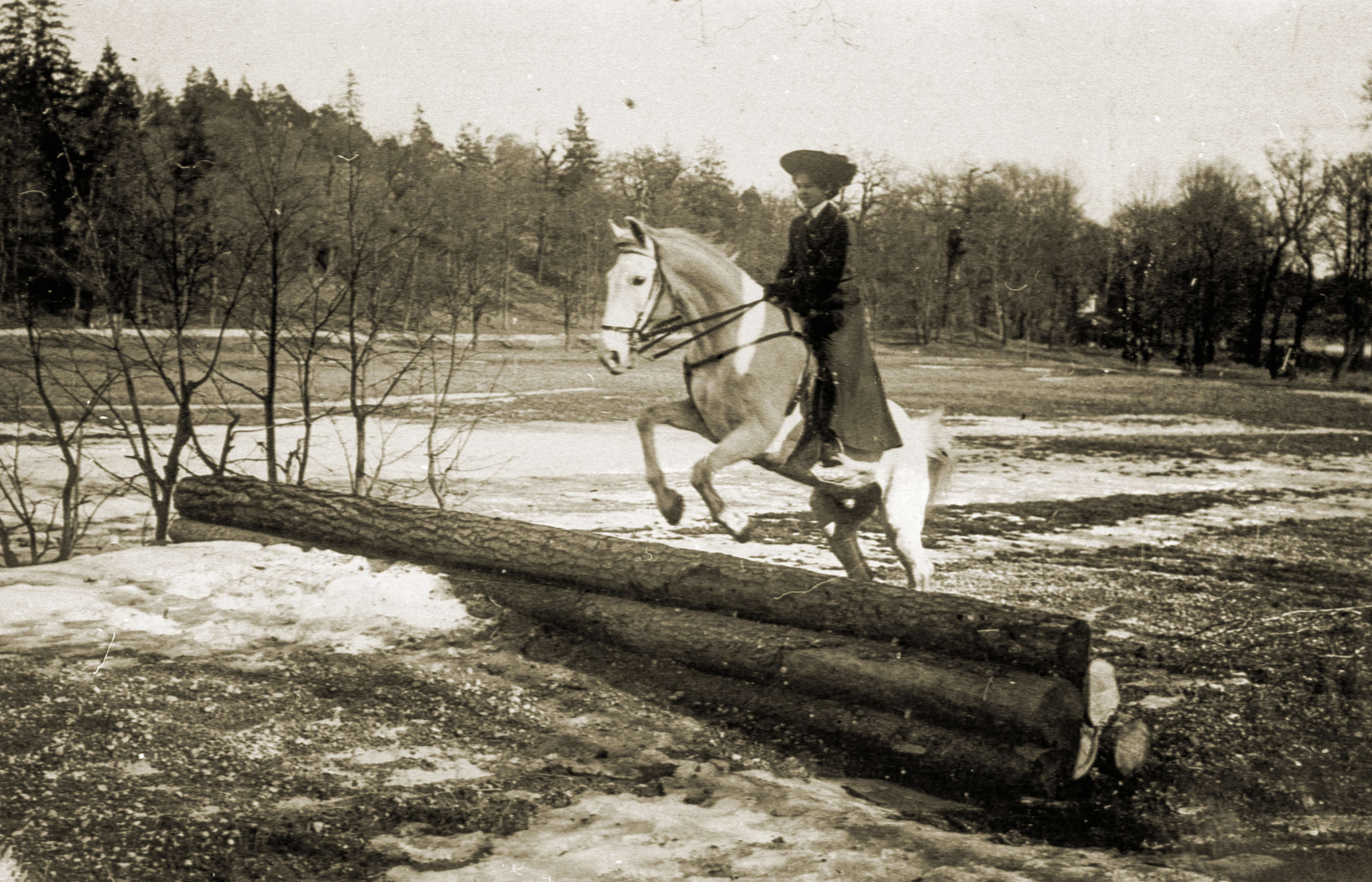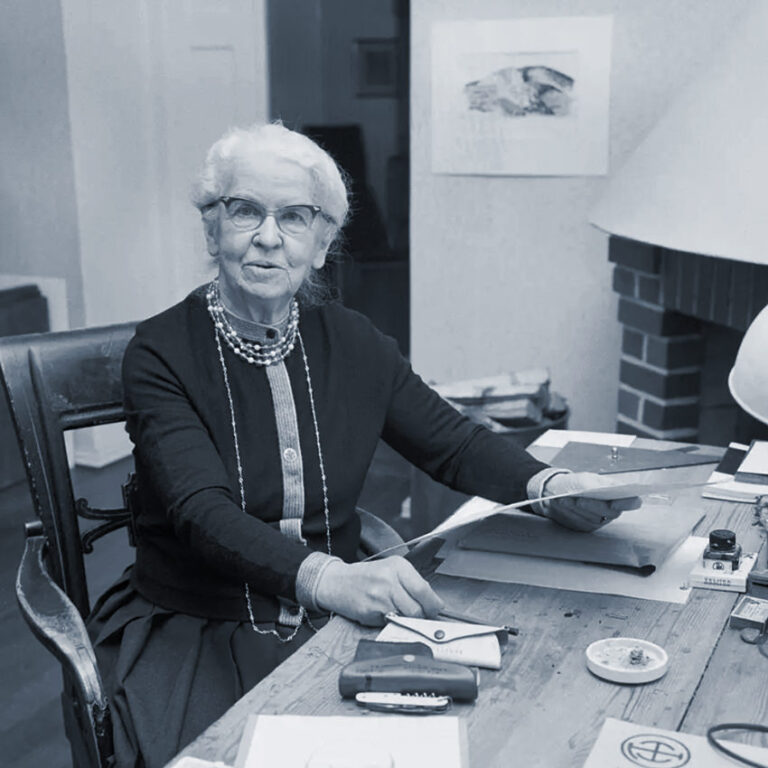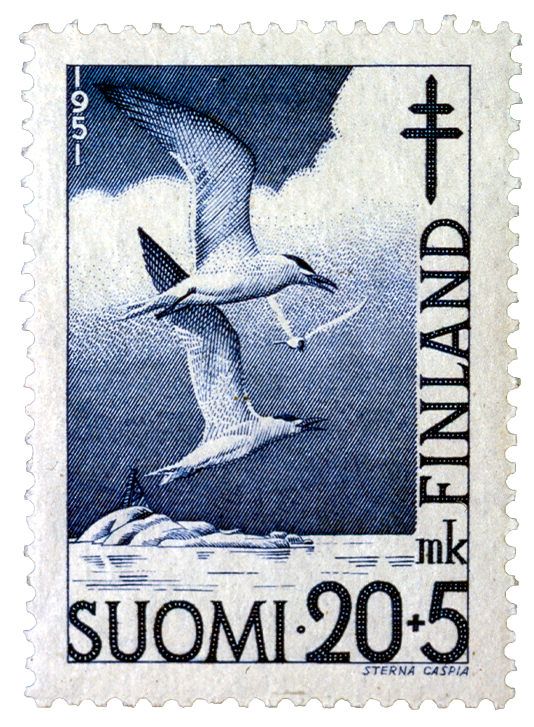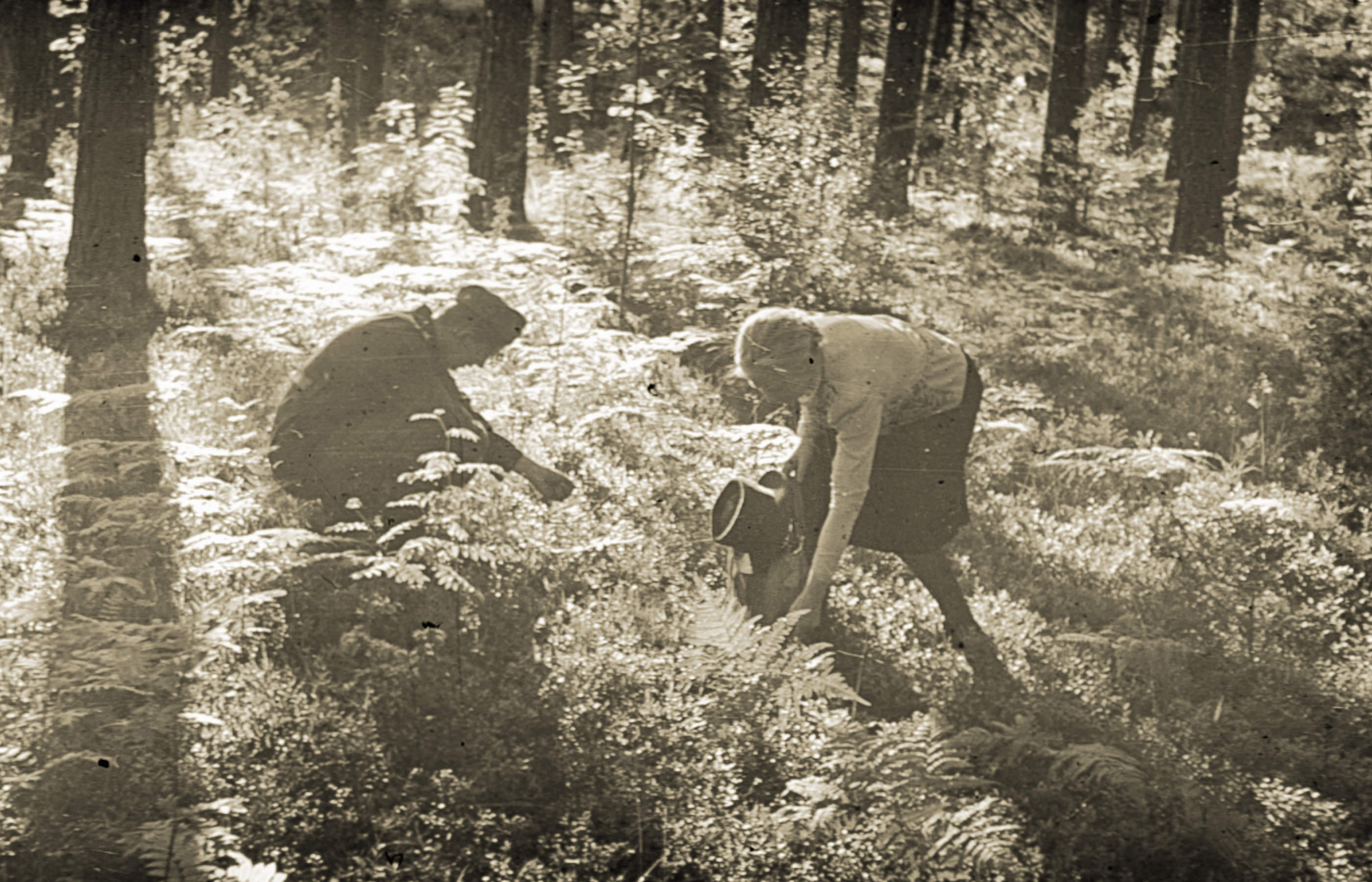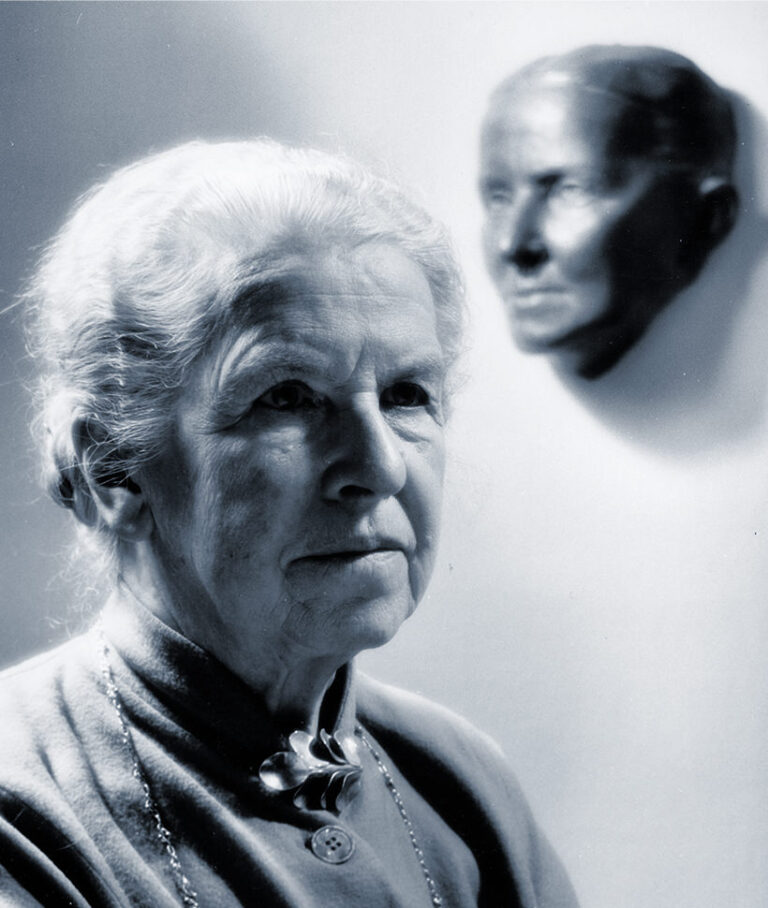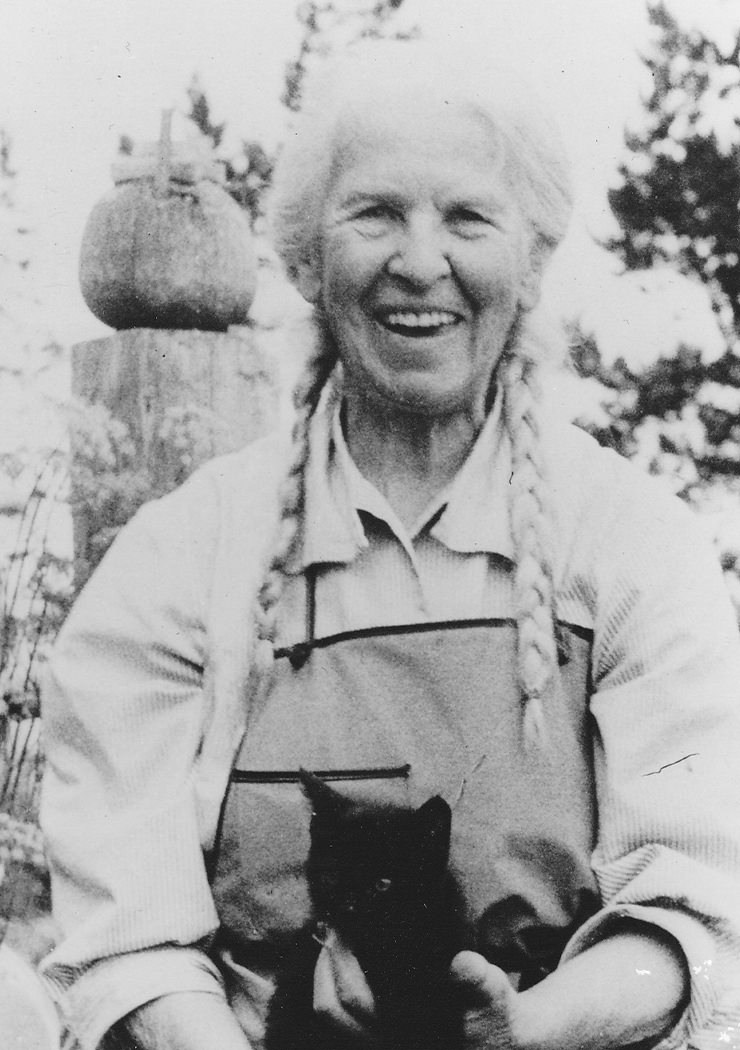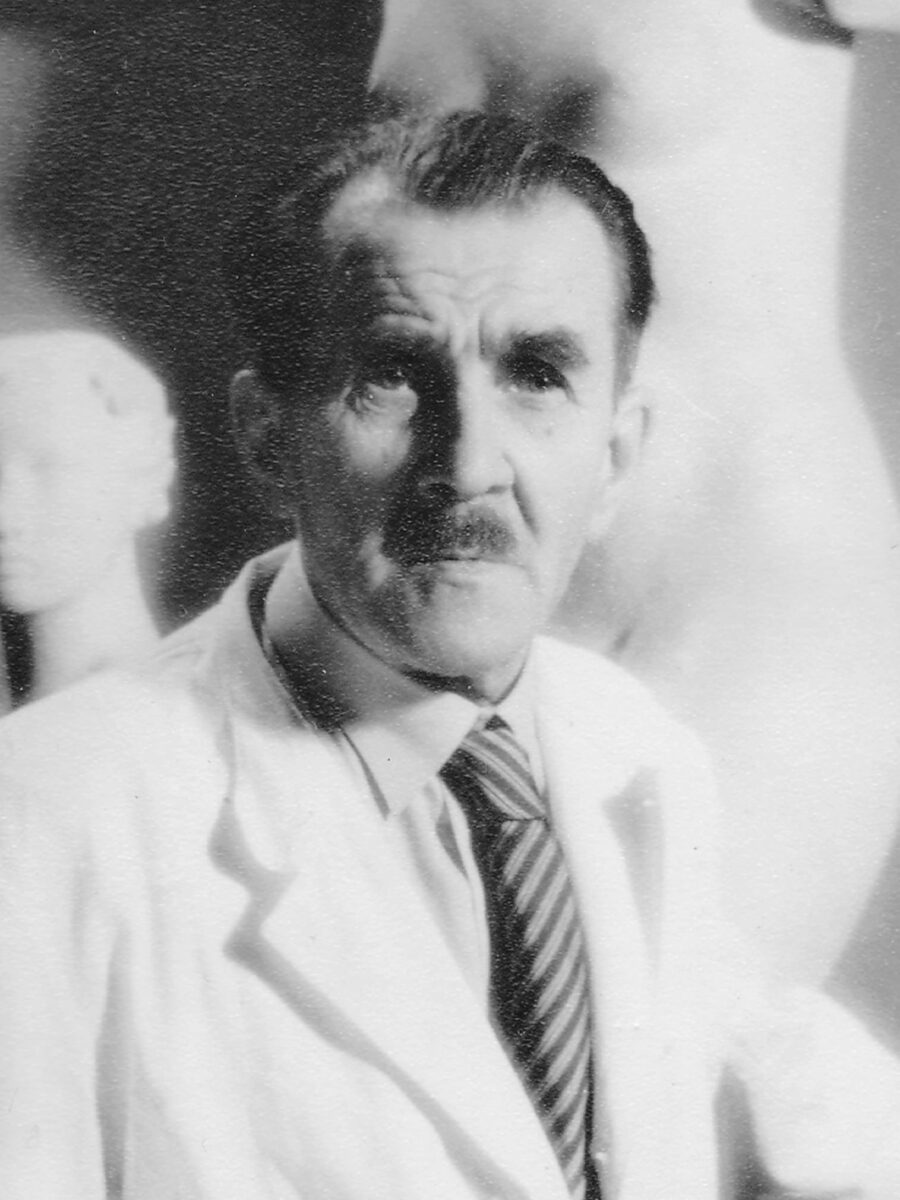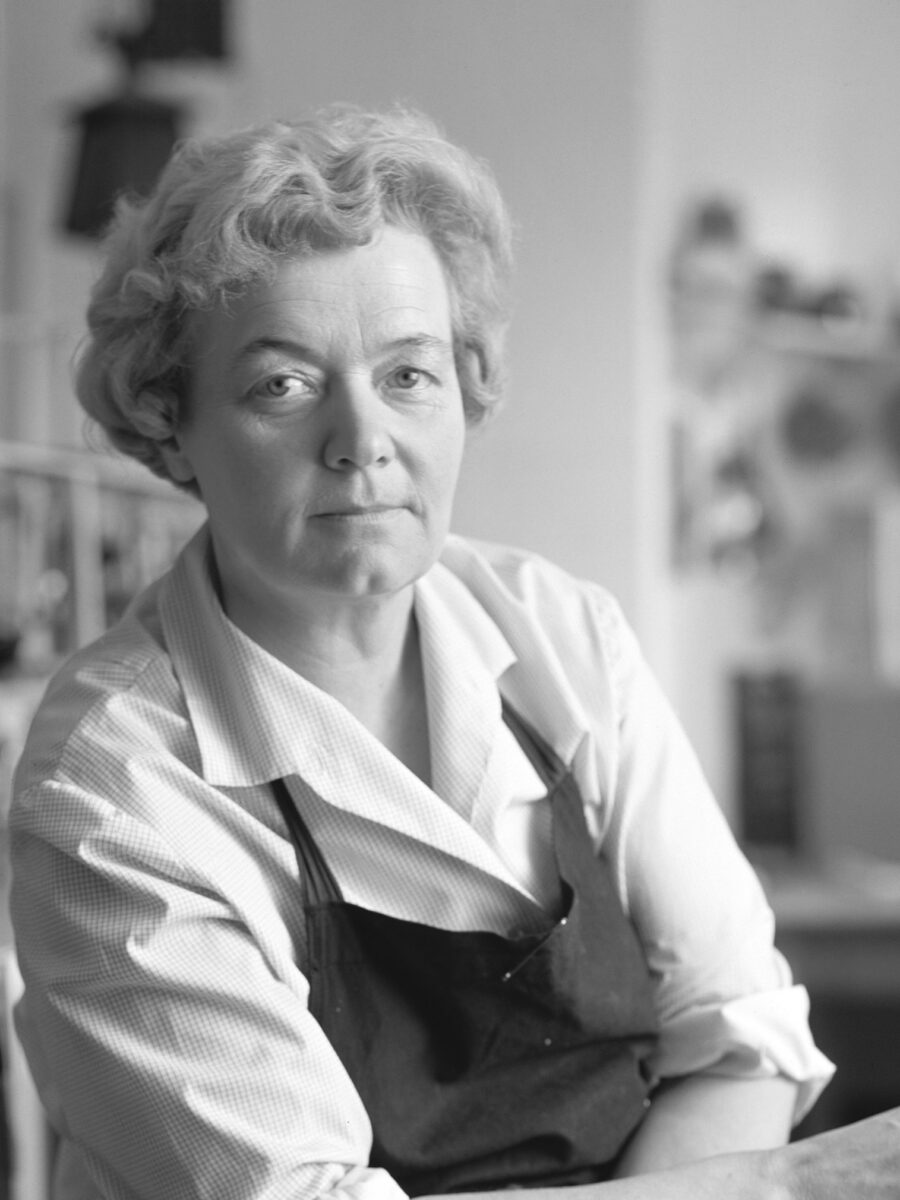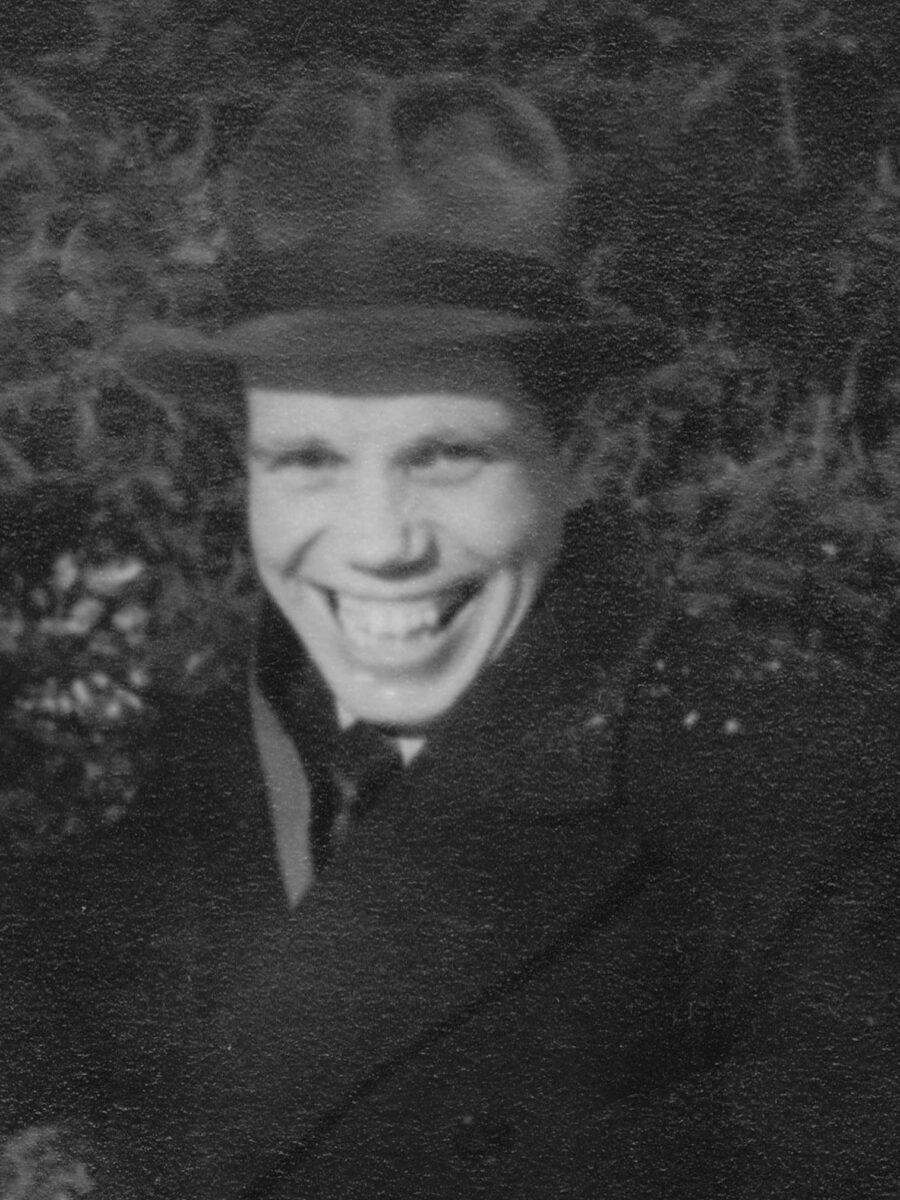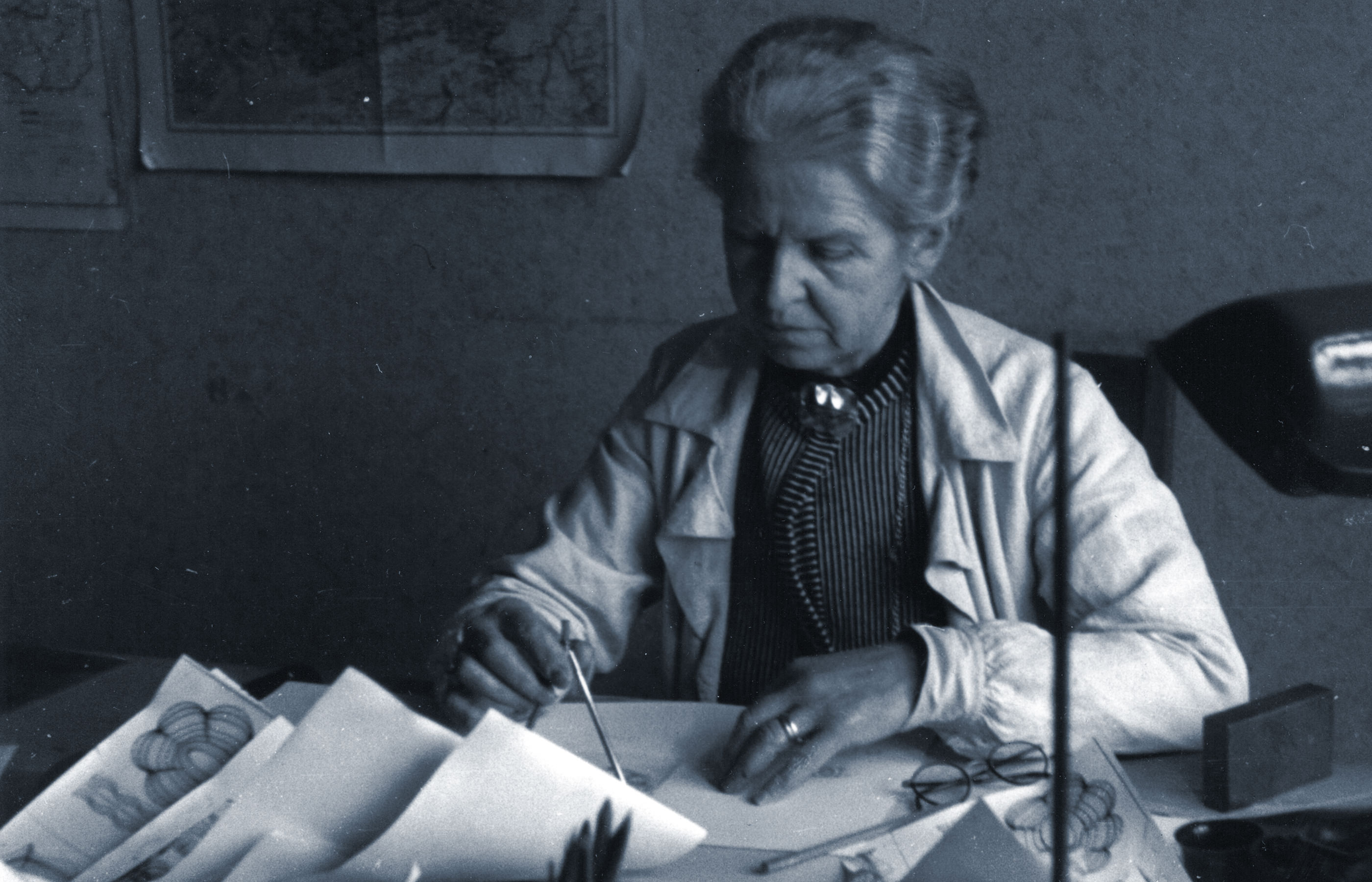A SYMBIOTIC MOTHER-DAUGHTER RELATIONSHIP
Tove was 16 years old at the time, in her second semester at the University of Arts, Crafts and Design in Stockholm, where Ham had once studied before her. From early on, mother and daughter developed a close symbiotic working relationship that lasted a lifetime. Tove Jansson referred to Ham as a role model for the Moomins on many occasions. She was also a role model for her young daughter as a female artist in a male-dominated art scene. After a meeting in the Artists’ Union in 1935, Tove noted that she and her mother were “the only ladies.”
As an illustrator, the young Tove Jansson followed in her mother’s footsteps and her work was featured in many of the same magazines and newspapers. Her first drawing was published when she was just 14 years old. Like her mother, she illustrated books and designed book covers. Both Ham and Tove appeared regularly in the political satire magazine Garm (1923-1953), totaling hundreds of contributions between them over the years. Ham got involved with the publication from the start and Tove’s first drawing was featured in 1929. During the 1940s, Tove’s most prolific period in Garm, she was known as the magazine’s ‘court artist’. The mother-daughter working relationship took many forms – such as their co-illustrating the fill-in-the-blanks book Jag (1937) with text by Ella Pipping, for new parents. A similar book was published much later, Vi – en romantisk bok för älskande (1965), with text by Tove and illustrations by Ham.
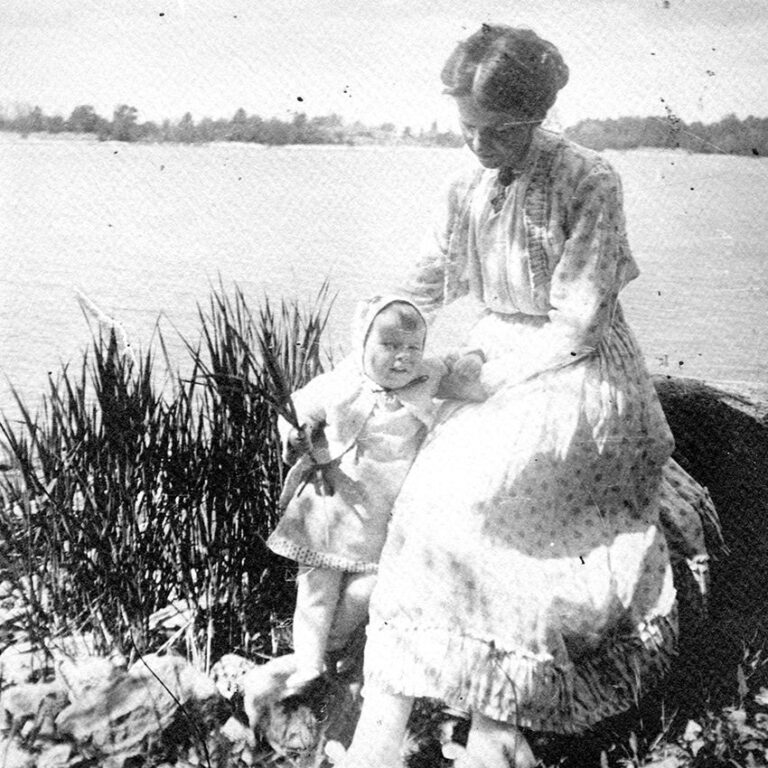
 Tove Jansson together with her mother.
Tove Jansson together with her mother. Tove was 16 years old at the time, in her second semester at the University of Arts, Crafts and Design in Stockholm, where Ham had once studied before her. From early on, mother and daughter developed a close symbiotic working relationship that lasted a lifetime. Tove Jansson referred to Ham as a role model for the Moomins on many occasions. She was also a role model for her young daughter as a female artist in a male-dominated art scene. After a meeting in the Artists’ Union in 1935, Tove noted that she and her mother were “the only ladies.”
As an illustrator, the young Tove Jansson followed in her mother’s footsteps and her work was featured in many of the same magazines and newspapers. Her first drawing was published when she was just 14 years old. Like her mother, she illustrated books and designed book covers. Both Ham and Tove appeared regularly in the political satire magazine Garm (1923-1953), totaling hundreds of contributions between them over the years. Ham got involved with the publication from the start and Tove’s first drawing was featured in 1929. During the 1940s, Tove’s most prolific period in Garm, she was known as the magazine’s ‘court artist’. The mother-daughter working relationship took many forms – such as their co-illustrating the fill-in-the-blanks book Jag (1937) with text by Ella Pipping, for new parents. A similar book was published much later, Vi – en romantisk bok för älskande (1965), with text by Tove and illustrations by Ham.

